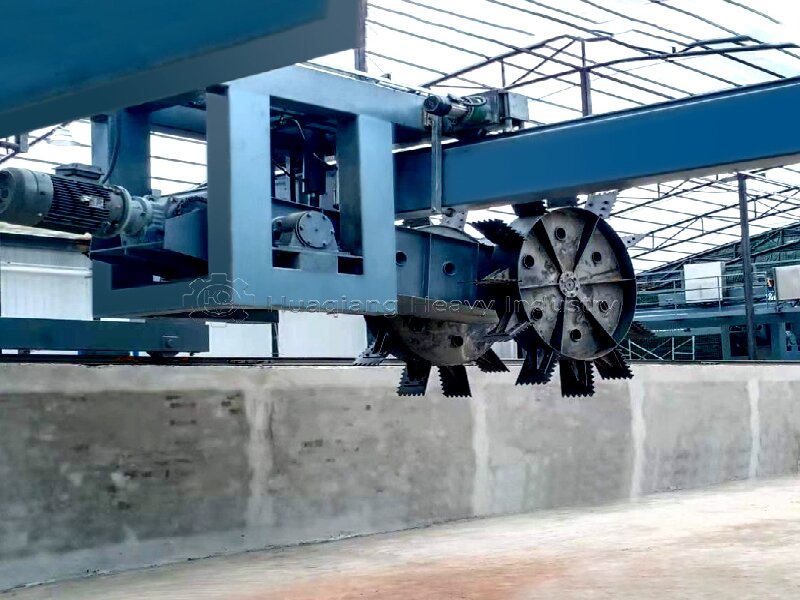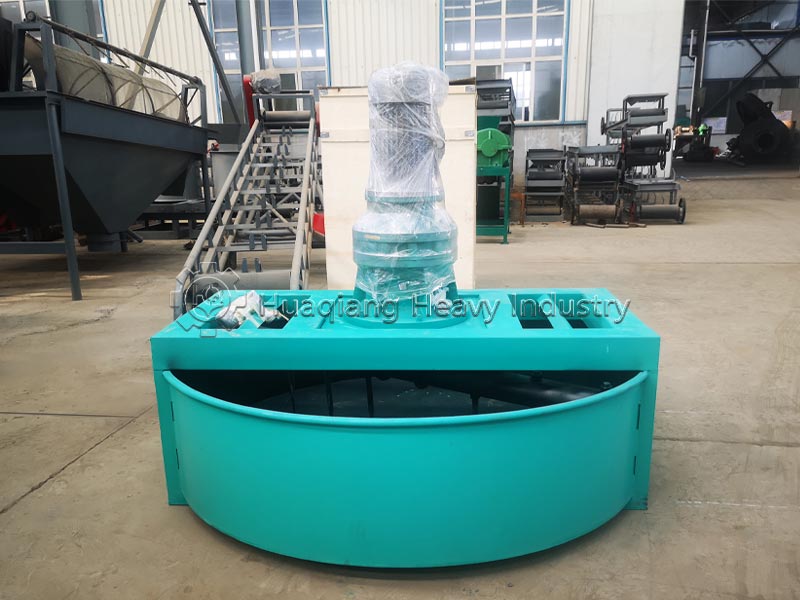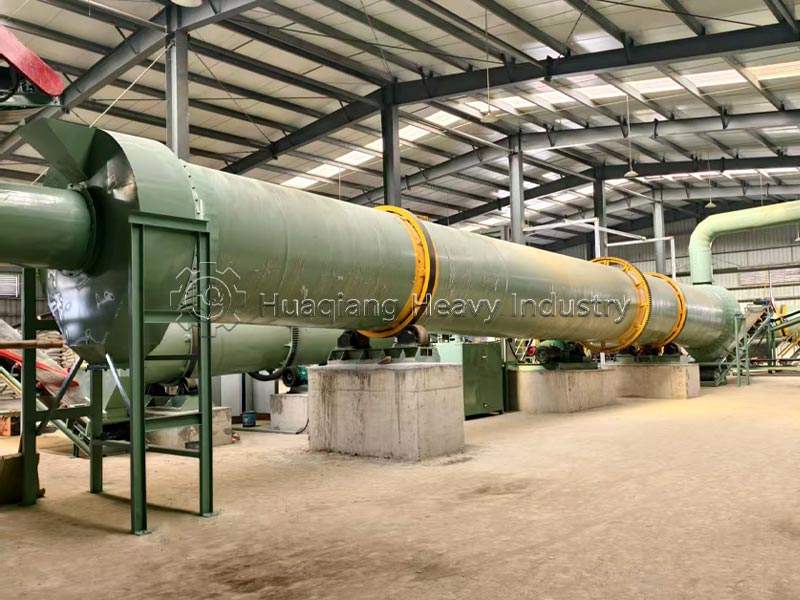NPK fertilizers are prone to caking during storage and transportation, which not only affects ease of application and leads to uneven nutrient distribution, but also interferes with subsequent operations on the NPK fertilizer production line, increasing the burden of secondary processing on core equipment such as NPK fertilizer granulators and fertilizer mixer machines. The core causes are moisture absorption and deliquescence on the particle surface, crystal bridging, and inter-particle pressure. Anti-caking agents can block the caking pathway through scientific mechanisms, ensuring the loose state and stable quality of the fertilizer.
Anti-caking agents mainly work through three mechanisms: firstly, physical isolation, where inert powders or hydrophobic substances uniformly coat the particle surface to form a protective film, isolating water and oxygen and preventing particle adhesion; secondly, moisture control, where some anti-caking agents preferentially adsorb environmental moisture, reducing the water content of the particles and inhibiting crystal bridge formation at the source; and thirdly, improving particle characteristics, increasing surface smoothness, reducing inter-particle friction and adhesion, and alleviating extrusion and adhesion under stacking pressure.
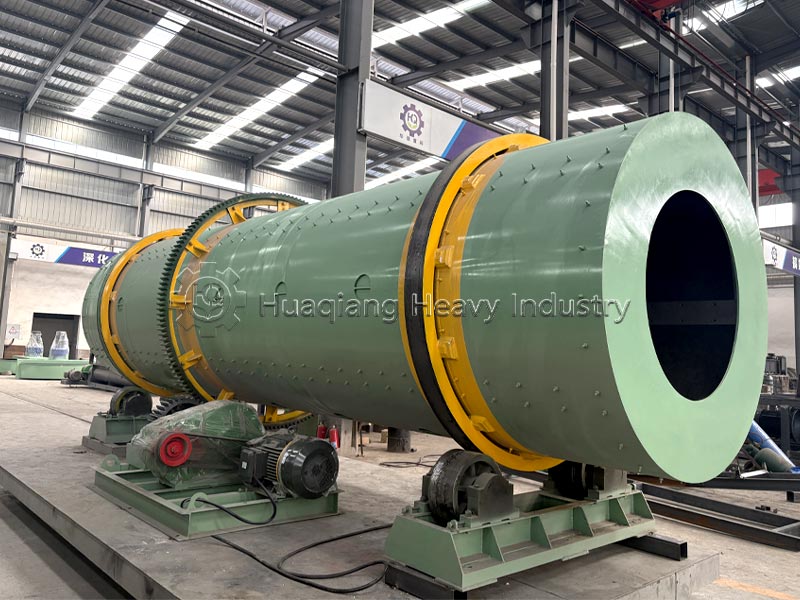
The application of anti-caking agents needs to be integrated into the core process of the NPK fertilizer production line, considering both compatibility and dosage. It is recommended to add them simultaneously during the mixing and conditioning stage in the fertilizer mixer to ensure uniform blending with the particles; at the same time, the parameters of the NPK fertilizer granulator machine should be considered, and the type should be selected according to the characteristics of the granulated particles, such as hydrophobic types for monoammonium phosphate-based fertilizers, and composite types for high-nitrogen fertilizers.



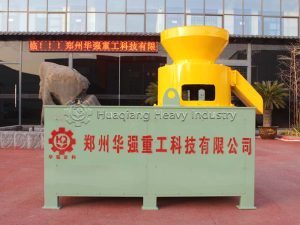
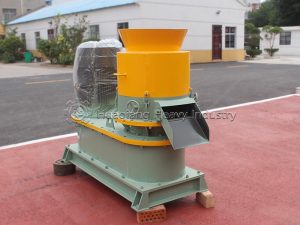
.jpg)


